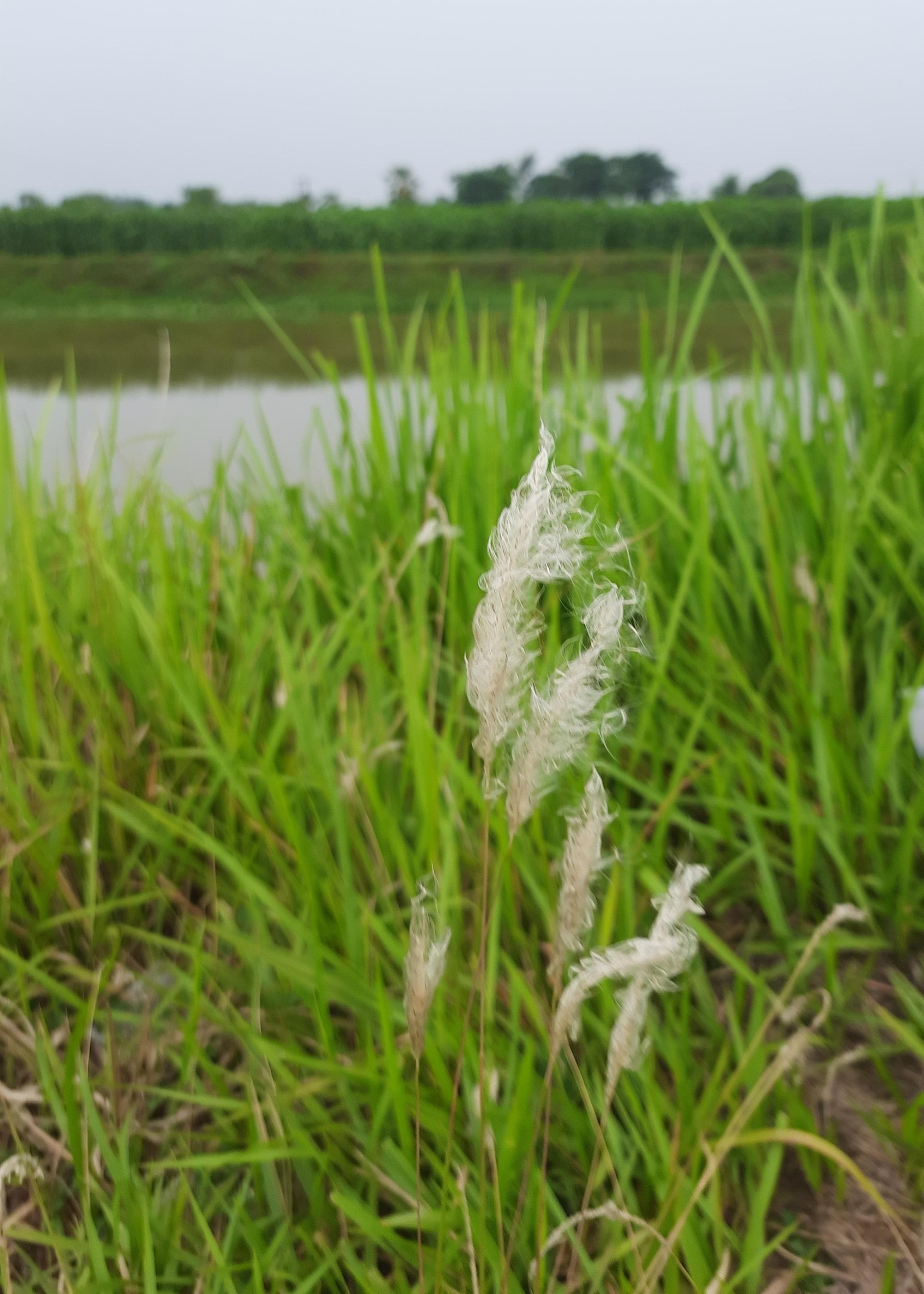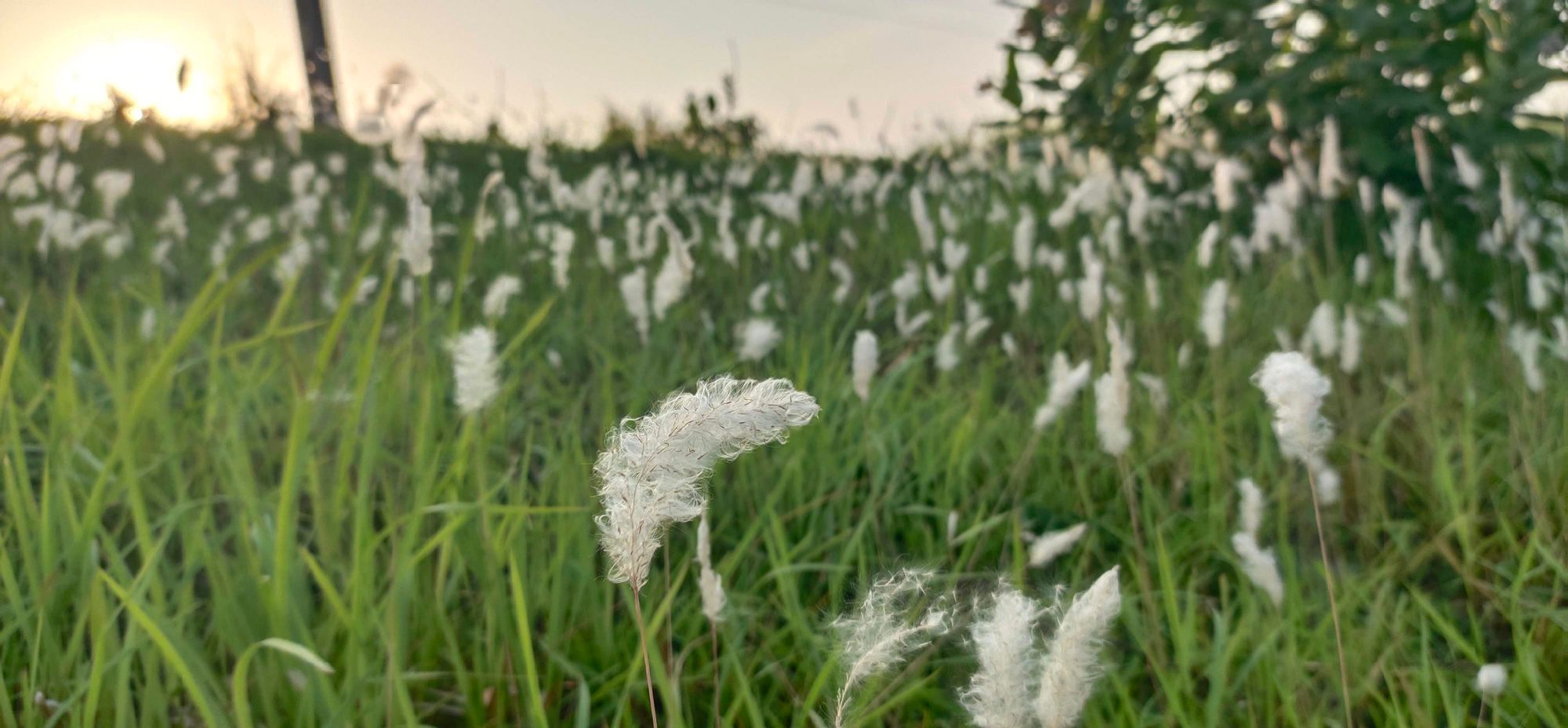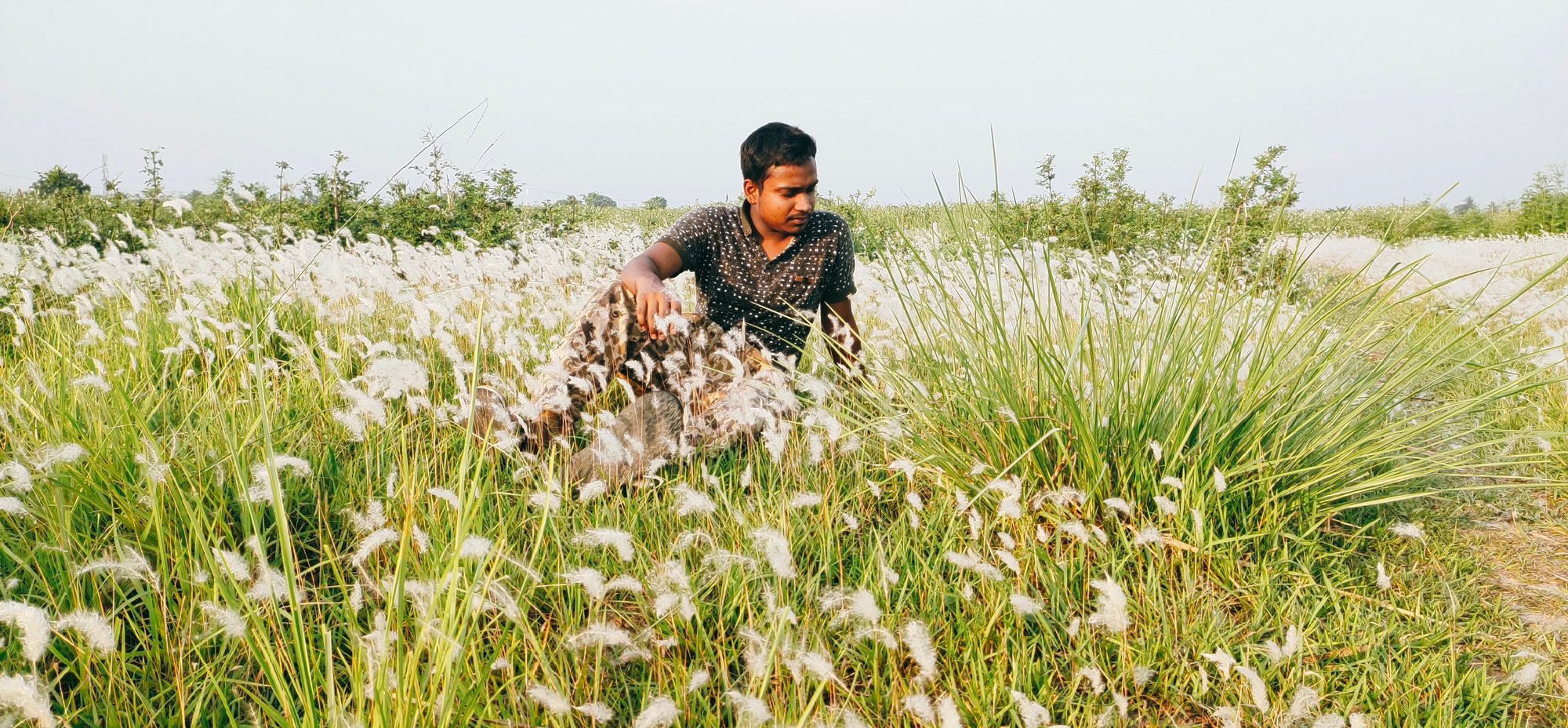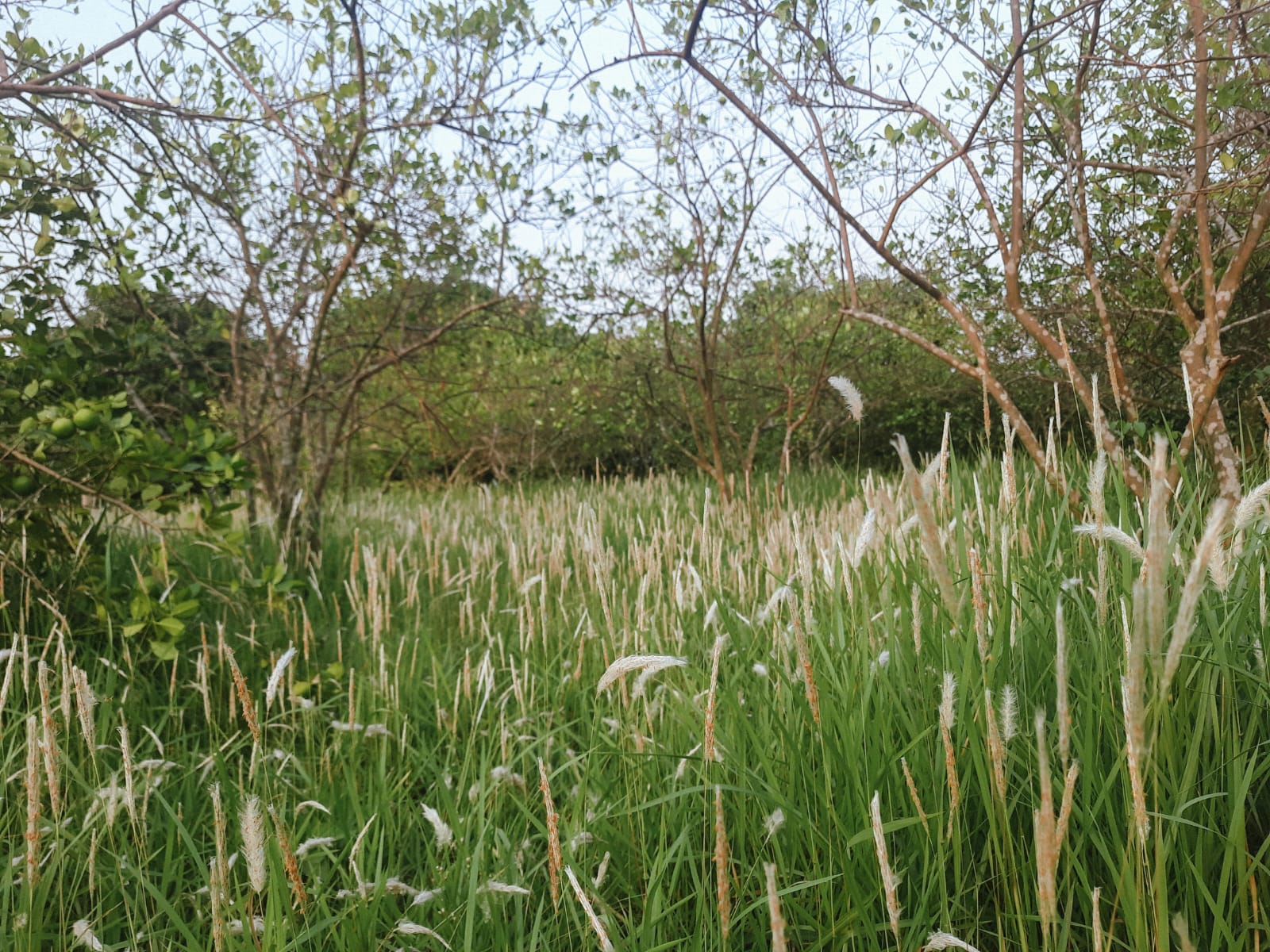
Pampas Grass(Cortaderia selloana) is easy to grow and does not need much care. If you are planning to grow it in your garden or near your house you need to know some basic facts about this plant. The warm climate is good for Pampas grass. It can be found easily in South America.
There are various types of Pampas grass that can be seen across the globe. The Asian pampas grass tends to be more white than the American ones.
Pampas Grass Information
| Plant Type: | Ornamental Grass |
|---|---|
| Sunlight: | Full Sun (6-8 hours per day) |
| Soil pH: | 6.0 - 7.0 (Slightly acidic to neutral) |
| Watering: | Regular during the first growing season, then drought-tolerant |
| Pruning: | Early spring before new growth begins, cut down to 12 inches above the ground |
| Fertilizing: | Balanced, slow-release fertilizer in spring (avoid over-fertilizing) |
| Pests and Diseases: | Monitor for aphids or mealybugs, treat with insecticidal soap or neem oil if needed |
| Propagation: | Divide root clumps every few years in early spring |
| Growth Rate: | Moderate to Fast |
How long does pampas grass take to grow?
Pampas Grass is a fast-growing plant. It can germinate from seeds within 20 days (Depending upon the climate). If the humidity is higher then the time will decrease.
It will catch its full length/height within 3 months of germination.
When does pampas grass bloom?
It blooms in the early autumn and it lasts for 30 days to 45 days.
Sunlight
Pampas grass needs a lot of sunlight. So find a place where it can get good sunlight.
Propagation of Pampas Grass
We can propagate from seeds and root clumps.
Propagate pampas grass from seeds
You can propagate Pampas Grass from seeds. Collect some dried flowers and there will be numerous seeds. Just spread those in moist soil, it will start the germination process.
Root clumps for propagation
Without any human interaction, Pampas grass can propagate easily from roots. It is also a con and has a negative impact if you are a gardener.
Once you plant this, it's hard to stop the automatic propagation or control the propagation. Within 2 years it will fill your garden. (Almost each and every grass-type plant does the same)
If you want to grow a pampas-grass from root clumps, just divide root clumps and plant it in moist soil.

Grow Pampas Grass in a container or pot
I won't recommend to grow this in a pot. The reason is: It will require a lot more space than regular flowering plants.
But there is a plus point to grow it in a pot. In wintertime time you can put it indoors.
The pot should be larger than 14 inches wide and the depth should be more than 10 inches at least. You can not change the soil frequently, so make sure that you make suitable soil for potting. Mix enough homemade compost fertilizer if possible.
During it's growing phase keep the soil moist and reduce watering when it catches a mature height.
Don't forget to keep it in sunlight during the daytime.
Pruning
Pruning is not important to this flowering plant. But if you want to get control over the growth, you are welcome to do pruning. It will surely help the plant to grow healthy in the next season.
Friendly note: The leaves are like blades if you hold them and drag them. Wear proper gloves and full-sleeve shirts to be safe. Do not allow your children to play with the leaves of this plant.
What to do in case of overgrown pampas grass
I am adding this point, especially for this plant. Because the growth rate is very fast if it gets proper water. The impacts of overgrown are as follows:
- Aesthetic Issues: Overgrown pampas grass can look messy and unkempt, detracting from the overall beauty of your garden or landscape. The dried, brown, or damaged plumes can be particularly unattractive.
- Space Crowding: As pampas grass grows, it can take up a significant amount of space in your garden. This may lead to overcrowding and make it challenging to grow other plants or maintain a well-balanced landscape design.
- Fire Hazard: Pampas grass is highly flammable, and overgrown stands of dry grass can pose a fire hazard, especially in regions prone to wildfires.
Besides all the above reasons, one major issue is that it will make some of your pampas grass plants weak and rotten.
Just get some healthy root clumps and plant those in fresh soil.
Self-grown Pampas Grass field
While roaming around, we found this field. Have a look at this:




